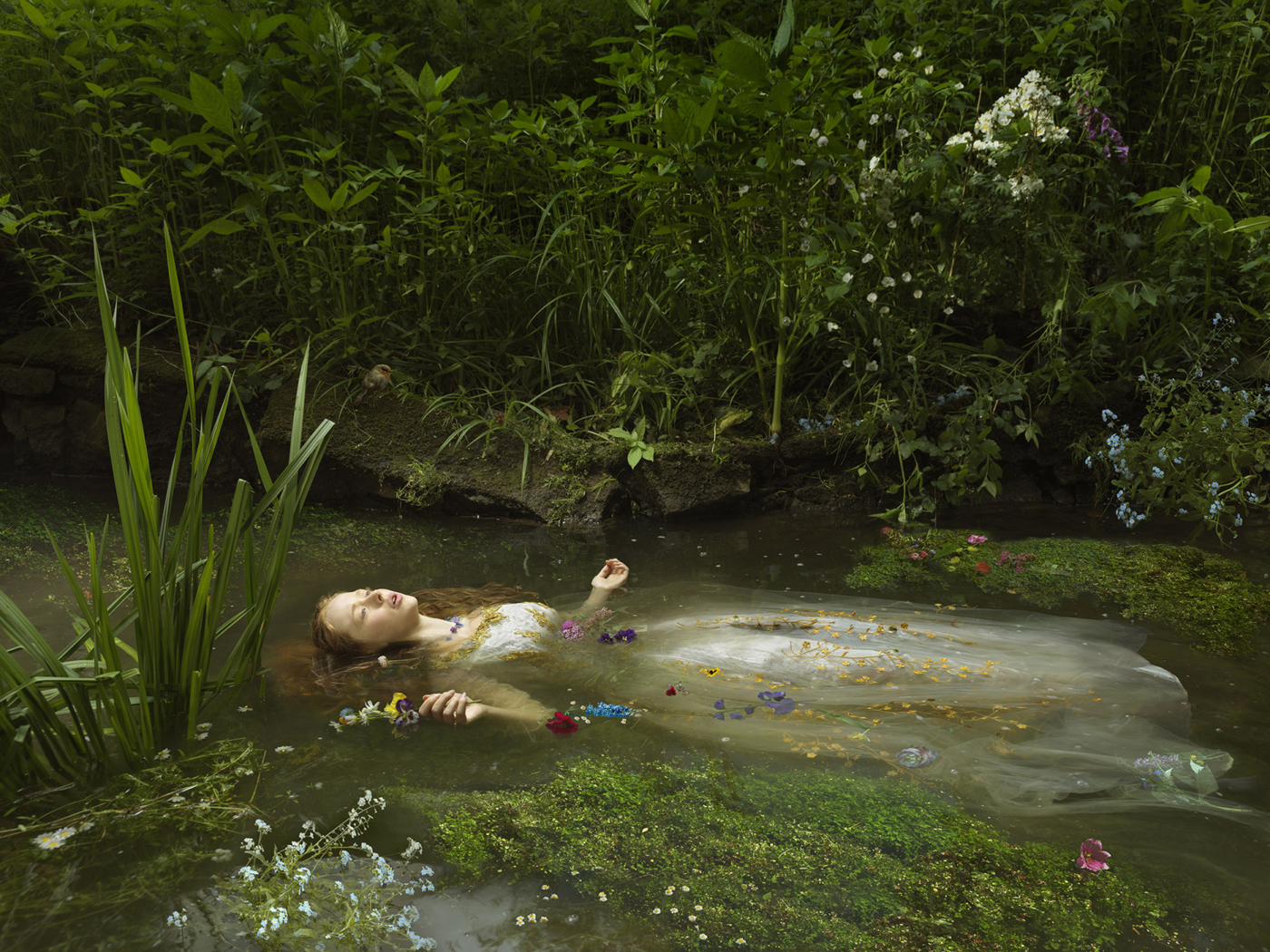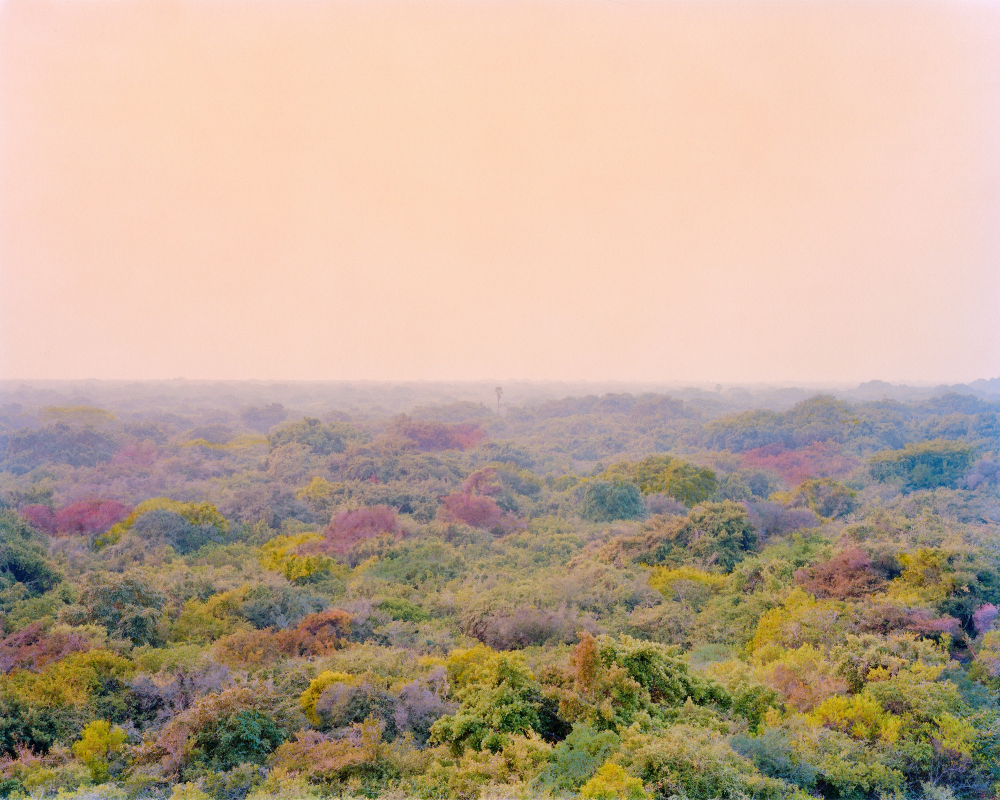“The River Thames is not even the longest river in the British Isles and a mere pygmy in comparison with many other rivers in the world, yet its significance to British and world history is immense. The river starts as a small trickle in hills to the north west of London and travels for nearly 450 km through the south of England, the centre of London and thence out into the North Sea via the Thames estuary, meandering its way through some of England’s most picturesque towns and villages.
London is one of the major cities of the world today, but it would not have existed if it were not for the River Thames passing through it. Just before the Thames reaches London it becomes tidal and formed a natural harbour such that London has been a port since pre-Roman times. Still today, the Thames acts as an artery of communication and trade route between Britain and the rest of the world.
As a teenager I moved from Germany to live in Oxford on the banks of the River Thames, though the stretch of the river there is called Isis, and the Thames has been a fascination for me ever since. I now live in West London but am still just a short walk from the river. Its constantly changing face with the tide and the seasons, the activities on and around the river are for me compulsive viewing and inspiration. But above all there is the history of the Thames along its entire length with an infinite variety of stories that encompass birth, baptism, death, flooding, sun- bathing on the shore, the story of the ‘Ladies Bridge’, messages in a bottle, riverside scavenging youngsters, prostitution, damaged masterpieces, and countless other whimsical, idiosyncratic and tragic happenings.
I am not alone in my admiration of the glories of the river. Notably, it has been an inspiration to many painters. There are more paintings of the River Thames than I had ever imagined could be possible. Monet painted the river repeatedly. Turner too captured the working river even revealing the early nineteenth century fumes and smoke from the city’s factories and river traffic. Whistler was yet another. In the 1860s and 70s he was drawn to paint the bustling and rapidly changing urban neighbourhoods close to the river. But when one views all these works, it is not at all difficult to understand why they all found it such an attractive, potent subject matter.
My own fascination with the Thames has now taken a more concrete form. I have made it into a project and in the process of choosing, investigating and photographing a selection of cultural and historical narratives from along its banks. The result to-date is my still unfinished work – Old Father Thames.”





















